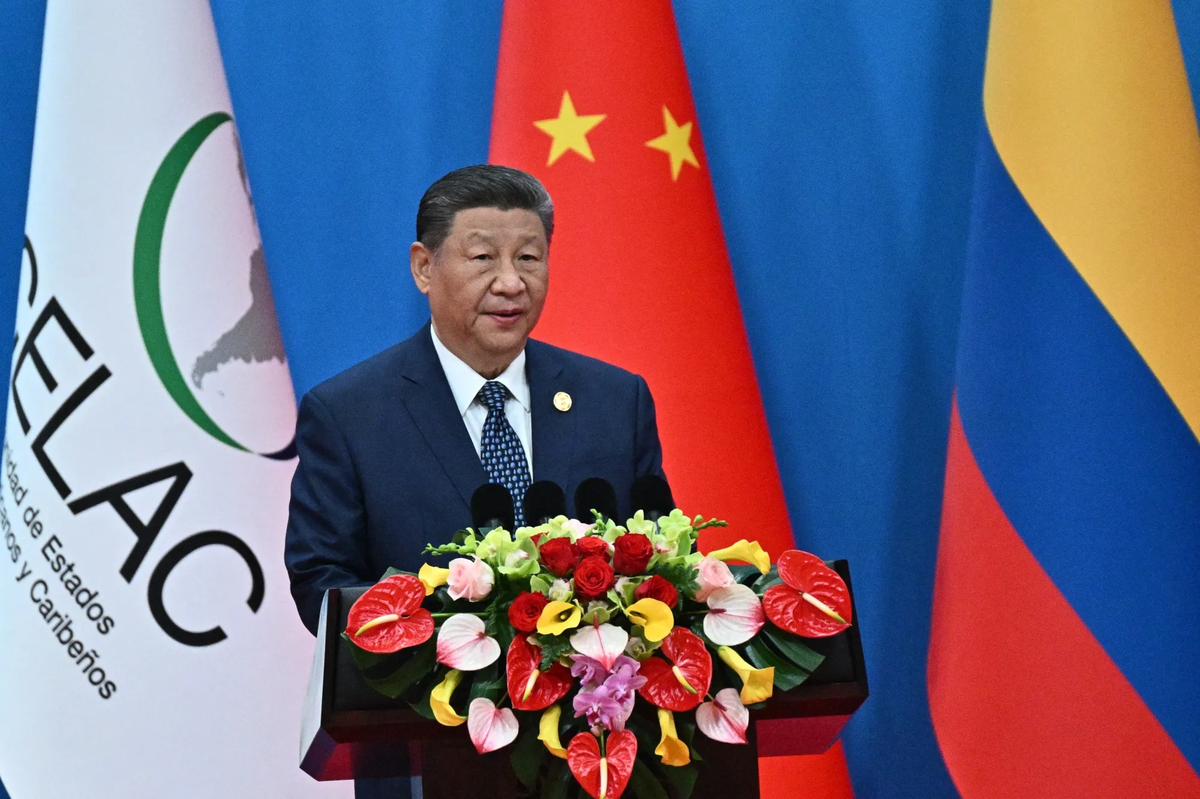Physical Address
304 North Cardinal St.
Dorchester Center, MA 02124
Physical Address
304 North Cardinal St.
Dorchester Center, MA 02124

Beijing is doubling down. On May 13, 2025, President Xi Jinping hosted the Fourth China-CELAC Forum in Beijing, signaling a new phase in China Latin America trade ties—and a direct response to Donald Trump’s protectionist policies.
Takeaway: China isn’t waiting for the U.S. to rebuild trust—it’s moving fast.

Xi announced a ¥66 billion ($9.2B USD) credit line for Latin America and the Caribbean, aimed at financing regional growth—denominated in Chinese yuan. It’s a clear move to reduce dependence on the U.S. dollar while tightening China Latin America trade ties.
Also on the table:
Takeaway: This isn’t just trade—this is long-term strategic alignment.
China Latin America trade ties have exploded over the last decade. In 2024, trade hit $500 billion—up from $450 billion in 2023 and just $12 billion in 2000. Countries like Brazil, Chile, and Argentina are key suppliers of soybeans, beef, oil, and lithium—resources China needs.
Takeaway: Latin America is fast becoming a supply chain alternative to the U.S.
Xi Jinping didn’t hold back. He called out “unilateralism and protectionism,” a not-so-subtle jab at Trump’s 145% tariffs on Chinese goods. His message: China offers “respect and partnership,” not “economic coercion.” Strengthening China Latin America trade ties is part of that broader pitch.
Still, not all Latin American countries are sold. Many are watching closely, wary of trading one dependency for another.
Takeaway: China is offering deals—Latin America must weigh the fine print.

Just one day before the forum, the U.S. and China agreed to a 90-day pause in tariffs after talks in Geneva. But while the U.S. hits pause, China’s pushing play—cementing new deals and expanding influence in Washington’s backyard.
Takeaway: China’s strategy is proactive, global, and moving fast—even as the U.S. hits reset.
China Latin America trade ties aren’t just growing—they’re being weaponized. Through financial aid, open visas, digital infrastructure, and political charm offensives, China is reshaping alliances once dominated by the United States. And for now, it seems to be working.
Takeaway: The new global power game is happening—and Latin America is the battleground.
Get the Daily News Without B.S. Report—clear, concise news with zero noise. Straight to your inbox.